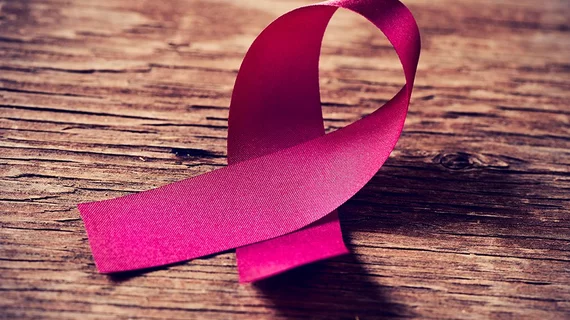Machine learning identifies lymphedema in breast cancer survivors with 94% accuracy
Researchers from the New York University Rory Meyers College of Nursing have found machine learning using real-time symptom reports to be accurate in identifying lymphedema early in breast cancer patients. Findings were published in the May 2018 issue of mHealth.
Lymphedema, the collection of lymph fluid in the arms or legs, is a common symptom after the removal of lymph nodes following cancer treatment. While there is no cure, identifying and treating lymphedema early can reduce complications. However, early detection is difficult in that identification comes from physician observations of swelling. In this study, researchers examined the feasibility and accuracy in using machine learning to identify lymphedema in patients.
"Clinicians often detect or diagnose lymphedema based on their observation of swelling. However, by the time swelling can be observed or measured, lymphedema has typically occurred for some time, which may lead to poor clinical outcomes,” said Mei Fu, PhD, RN, associate professor of nursing at NYU Meyers and the study's lead author. "Using a well-trained classification algorithm to detect lymphedema based on real-time symptom reports is a highly promising tool that may improve lymphedema outcomes.”
Researchers used an online tool to collected data from 355 women who had undergone treatment for breast cancer. Data on demographic, clinical information, whether they had been diagnosed with lymphedema and if they were experiencing any of the 26 lymphedema symptoms were included. Five different machine learning algorithms were compared: Decision Tree of C4.5, Decision Tree of C5.0, gradient boosting model, artificial neural network and support vector machine.
Results showed all five methods outperformed the conventional statistical approach. The artificial neural network was the most accurate in detecting lymphedema, achieving a 93.75 percent accuracy rate in classifying patients with true lymphedema while differentiating non-lymphedema cases.
"Such detection accuracy is significantly higher than that achievable by current and often used clinical methods," said Fu. "This has the potential to reduce healthcare costs and optimize the use of healthcare resources through early lymphedema detection and intervention, which could reduce the risk of lymphedema progressing to more severe stages.”

